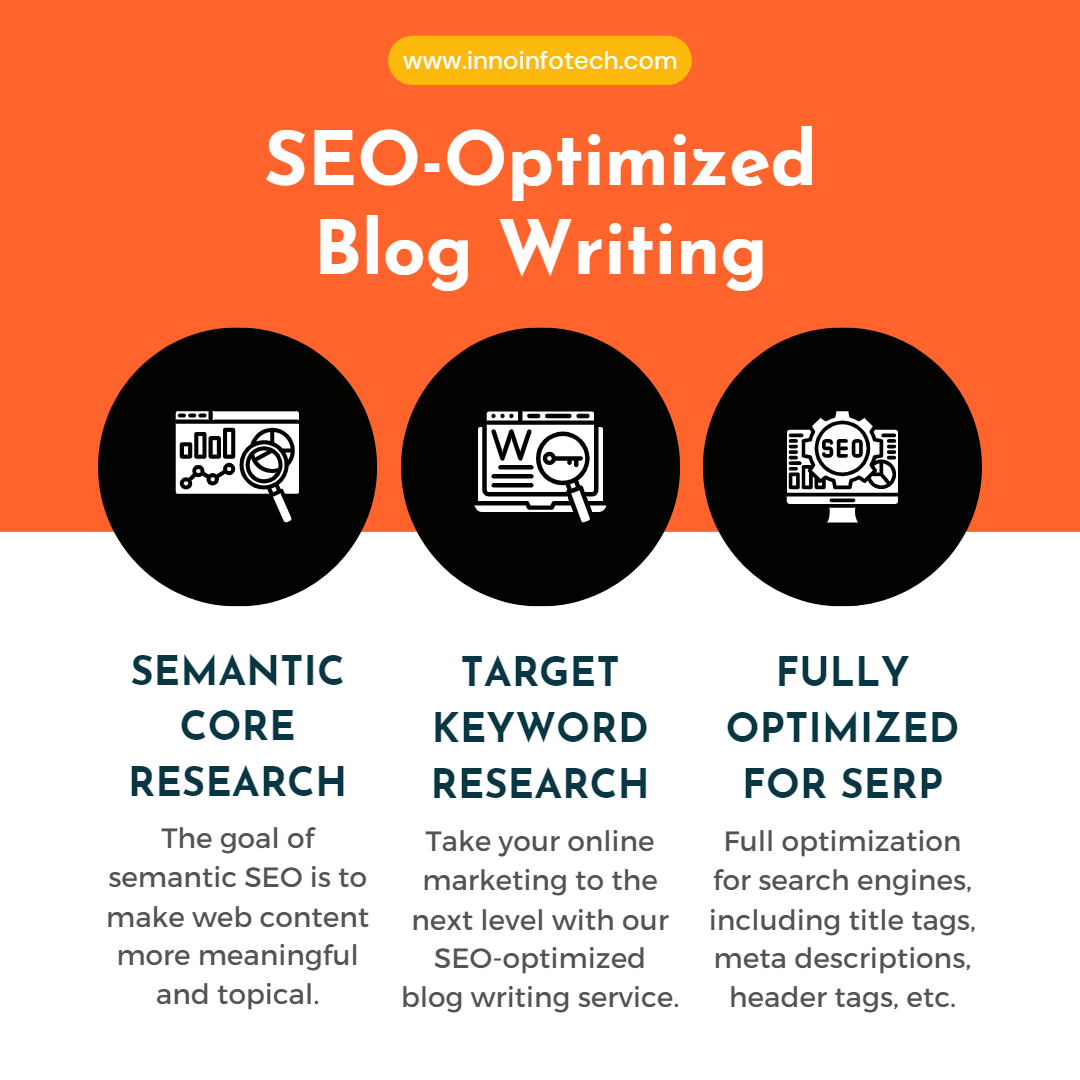Typography is an integral part of website design, and it plays a crucial role in shaping the user experience. The choice of font, size, spacing, color, and contrast can all influence how users perceive and interact with a website. In this blog post, we will delve into the psychology of fonts and explore how typography affects the user experience.
The Power of Typeface
The typeface you choose for your website can convey different emotions and moods. Serif fonts, for example, are often associated with tradition, authority, and elegance, while sans-serif fonts are seen as modern, clean, and approachable. Display fonts, on the other hand, can be used to create a playful or whimsical tone. It’s essential to choose a typeface that aligns with your brand’s personality and messaging.
Moreover, research has shown that different fonts can influence the way people perceive information. For instance, a study published in the Journal of Experimental Psychology found that people who read a passage in a font that was difficult to read (such as Mistral) rated the content as less important than those who read the same passage in an easy-to-read font (such as Arial). Therefore, it’s crucial to choose a legible font that allows users to read and comprehend your content easily.
The Impact of Font Size and Spacing
The size and spacing of your text can also affect how users perceive and interact with your website. Larger font sizes can help emphasize important information and make it easier to read, while tighter spacing can create a sense of urgency or intensity. However, too much spacing or font size can be overwhelming and detract from the user experience. Finding the right balance is key.
Moreover, font size and spacing can also affect how users scan your website. Studies have shown that users tend to scan websites in an “F” pattern, starting from the top left corner and moving down the left side of the page. Therefore, placing your most critical information in the top left corner and using a larger font size can help grab users’ attention and encourage them to keep reading.
The Role of Color and Contrast
The color and contrast of your font can also have an impact on the user experience. High contrast between the text and the background can improve legibility and make the content easier to read. Similarly, color can be used to draw attention to certain elements or create a mood. However, using too many colors or overly bright colors can be distracting and make it difficult to focus on the content.
It’s essential to choose a color scheme that aligns with your brand’s personality and messaging. For example, if your brand is associated with nature and sustainability, using green hues can help reinforce that message. On the other hand, if your brand is associated with luxury and elegance, using gold or silver hues can help convey that message.
The Importance of Consistency
Consistency is crucial in typography. Using the same font, size, spacing, and color throughout your website can help create a sense of coherence and make the user experience more intuitive. Inconsistencies can confuse users and make it difficult to navigate your site.
Moreover, consistency can help reinforce your brand’s messaging and identity. By using the same typography across all your marketing materials, you can create a cohesive brand image and make your brand more memorable.
The Impact of Mobile Devices
With the growing use of mobile devices, typography has become even more critical in website design. Mobile screens are smaller than desktop screens, so font size and spacing must be adjusted to ensure legibility. Additionally, the typeface you choose must be easily readable on smaller screens. Serif fonts, for example, can be more difficult to read on mobile devices due to their finer details. Therefore, sans-serif fonts are often a better choice for mobile website design.
Cultural Considerations
The psychology of fonts can also vary across different cultures. For example, in the Western world, serif fonts are often associated with tradition and authority, while sans-serif fonts are seen as modern and approachable. In contrast, in some Asian cultures, serif fonts are often associated with elegance and sophistication. Therefore, it’s essential to consider cultural differences when choosing typography for your website.
Accessibility
Accessibility is another critical consideration in website design. Choosing a legible font, size, and spacing can make your content more accessible to users with visual impairments or reading difficulties. Additionally, using high contrast between text and background can improve legibility for users with color blindness. By prioritizing accessibility in your typography choices, you can ensure that all users can access and enjoy your website.
Branding
Typography is an essential element of branding. Using a consistent typography across all your marketing materials can help reinforce your brand’s identity and make your brand more memorable. Additionally, choosing a unique typeface can help distinguish your brand from competitors and make it more recognizable.
Experimentation
Finally, experimenting with typography can be a fun and creative way to improve the user experience of your website. Playing with different fonts, sizes, and colors can help you find the perfect combination that resonates with your audience. However, it’s essential to keep in mind that typography choices should always serve the user experience and the brand’s messaging, not just for aesthetics.
In conclusion, typography is an integral part of website design, and it can have a significant impact on the user experience. By understanding the psychology of fonts and considering factors such as font choice, size, spacing, color, contrast, mobile devices, cultural differences, accessibility, and branding, you can create a website that not only looks great but also resonates with your audience and delivers the desired messaging. Experimenting with typography can also be a fun and creative way to improve your website’s user experience.







